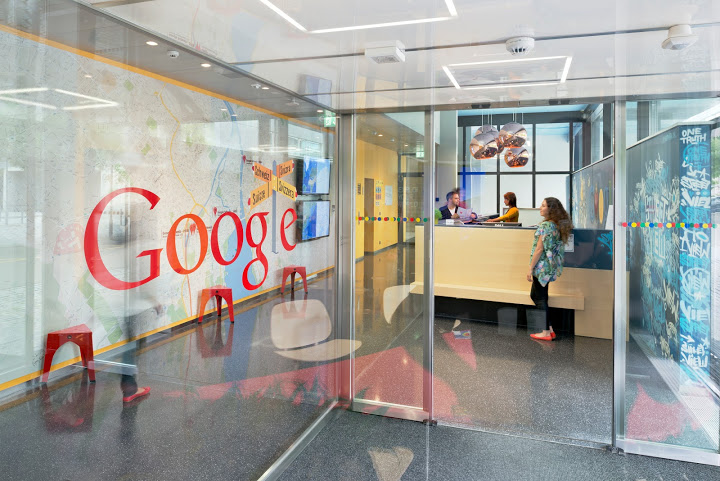The importance of teamwork is increasingly understood as important across many work contexts. In higher education, we talk a great deal about the need for teamwork to support innovation, creativity, and productivity. There’s been a fascination for years about the potential of interdisciplinary activities to break down silos and build connections across campus. Whether we are talking about faculty or administrative offices, higher education leaders desire to promote teamwork, but how do we do this in the construct of the university. In today’s post, I want to share what Google’s team research can teach higher ed about teamwork.

A research group inside of Google’s human resources unit (what they call People Operations) sought to understand what makes a Google team effective.
I’ve seen this research floating around since it was first released, but it wasn’t until I started thinking about how to support the staff that work with me in our teaching center that I began to think about this issue more deeply.
The Google researchers assumed, and I would have too, that there was an ideal mix of individual skills and traits that in combination created a great team. We can call this the “dream team” hypothesis.
If we can get the right superstars together then we’ll have a great team.
Instead, Google find that who was on the team was much less important than how the team interacted, structured their work, and viewed their contributions.
Specifically, they found 5 key dynamics that made teams successful.
1. Psychological safety: Can team members take risk without feeling insecure or embarrassed?
2. Dependability: Can the team count on everyone to do high quality work on time?
3. Structure and clarity: Are roles, goals, and strategic plans clear?
4. Meaning: Is the team working on something important to each team member?
5. Impact: Do team members believe they are doing work that matters?
As someone who studies organizational culture, perhaps I should not have been as surprised at some of these items. To be sure, these ideas suggest that the team has developed a shared sense of norms and values that will lead to a strong culture.
In higher education, we have the flexibility to think about our work in ways that would align with the 5 ideas identified by Google.
From department meetings to staff development to writing groups, these elements can be included in ways that support individual team members.
Unfortunately, I believe higher education plays too little attention to development on both the faculty and staff side of the institution.
We may spend time during the recruiting and hiring phase to make sure we get the best person possible, but team dynamics can often be forgotten.
One of the things that my academic department has done exceptionally well over the past few years is hiring people that support a positive team dynamic.
To be sure, the faculty candidates we hired were top notch scholars or we would not have considered them. Yet, we also looked for someone who would be a good member of the department or what we sometimes jokingly refer to as the happy hour test. Is this a person that you would to join you at happy hour?
The result has been that we’ve developed the most positive faculty culture that I’ve ever been a part of in my career. In fact, I would say that we exhibit all of the 5 characteristics that Google identified in their research.
As a result, we work together, push each other, and have improved individually and as a group in terms of teaching and scholarship. And we’ve had fun doing it.
Ultimately, what Google’s team research can teach higher ed is how to start to think about supporting positive team dynamics. To accomplish many of goals that institutions hold today, the importance of positive and well functioning teams of faculty and staff will be critical to higher education’s success.
I encourage you to read more about Google’s work and think about how you can improve your team whether you are a leader or a member. We all can play a critical role in improving our teams.

